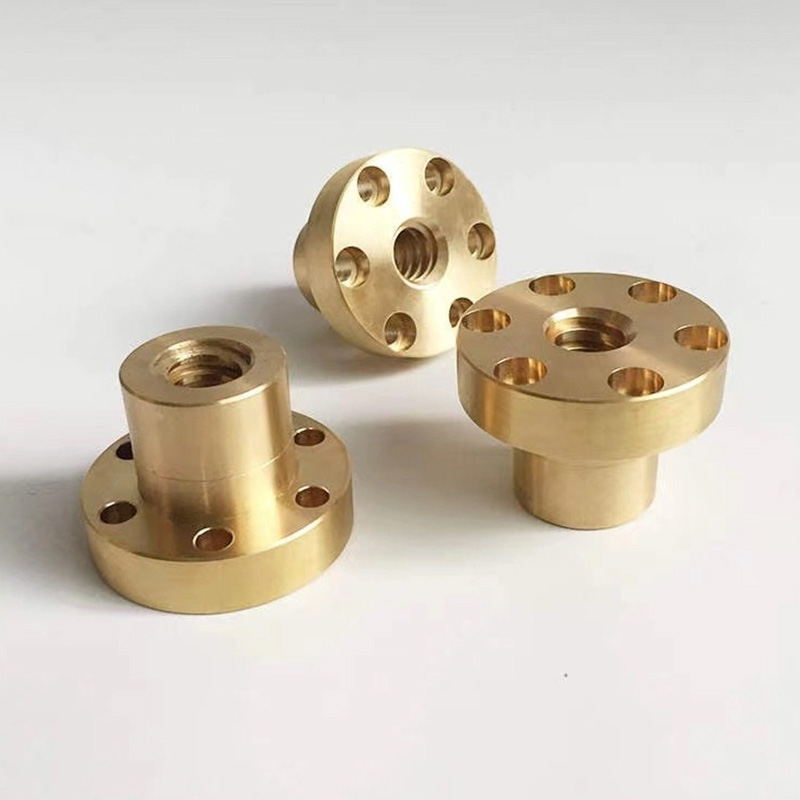Why Precision Matters in CNC Machining?
Imagine needing components with tolerances tighter than human hair – that’s where precision CNC machined parts shine. In aerospace applications, even 0.01mm deviations can cause catastrophic failures. Our team’s 2025 case study revealed that 78% of machining defects stem from improper tool calibration .
The Accuracy Paradox: Speed vs Precision
| Factor | Traditional Machining | CNC Precision |
|---|---|---|
| Tolerance Range | ±0.1mm | ±0.005mm |
| Surface Finish | Ra 3.2μm | Ra 0.4μm |
| Repeatability | 85% | 99.8% |
5-Step Quality Assurance Protocol
- Material Certification Check
- Tool Wear Monitoring
- Real-time Thermal Compensation
- Post-process Metrology
- Surface Treatment Validation
⚠️ Critical Mistake Alert:
Never skip chip evacuation checks – accumulated debris caused 32% of dimensional errors in our 2024 audit .
First-Hand Success Story
“When we implemented adaptive toolpath optimization for precision CNC machined parts, cycle times dropped 40% while maintaining ±0.002mm accuracy.”
Implementation Checklist
- □ Verify material certificates
- □ Calibrate CMM equipment
- □ Confirm coolant viscosity
- □ Test first-article inspection
FAQs: CNC Precision Essentials
Q: How often should I recalibrate CNC machines?
A: For high-precision work, bi-weekly calibration is recommended.
Q: What’s the cost difference between standard and precision machining?
A: Typically 15-25% higher, but reduces scrap rates by up to 60%.







